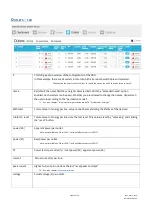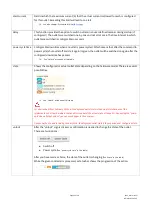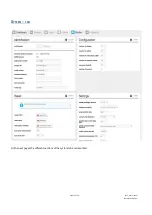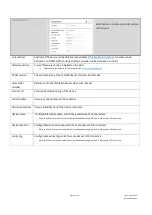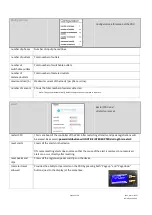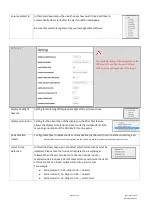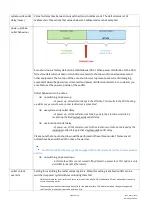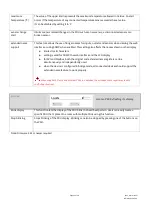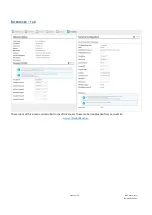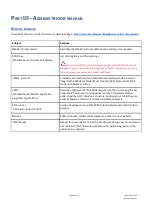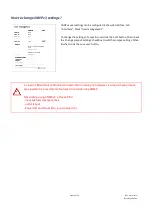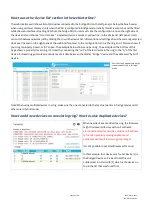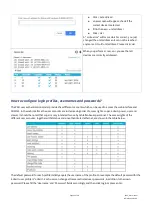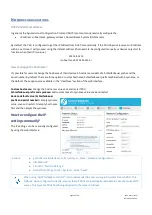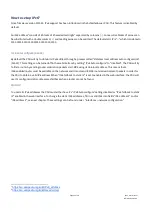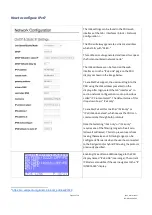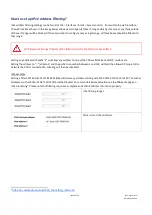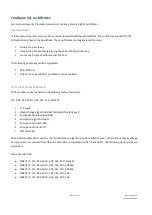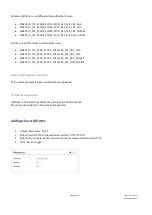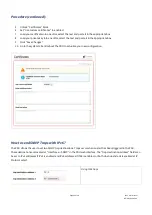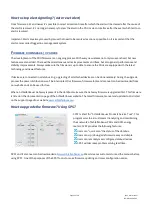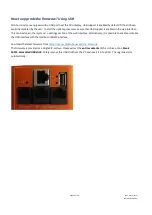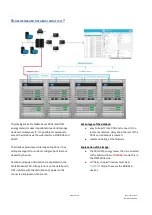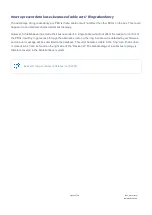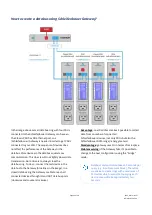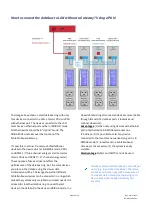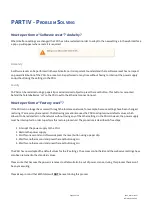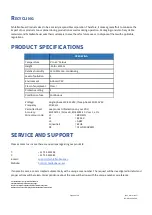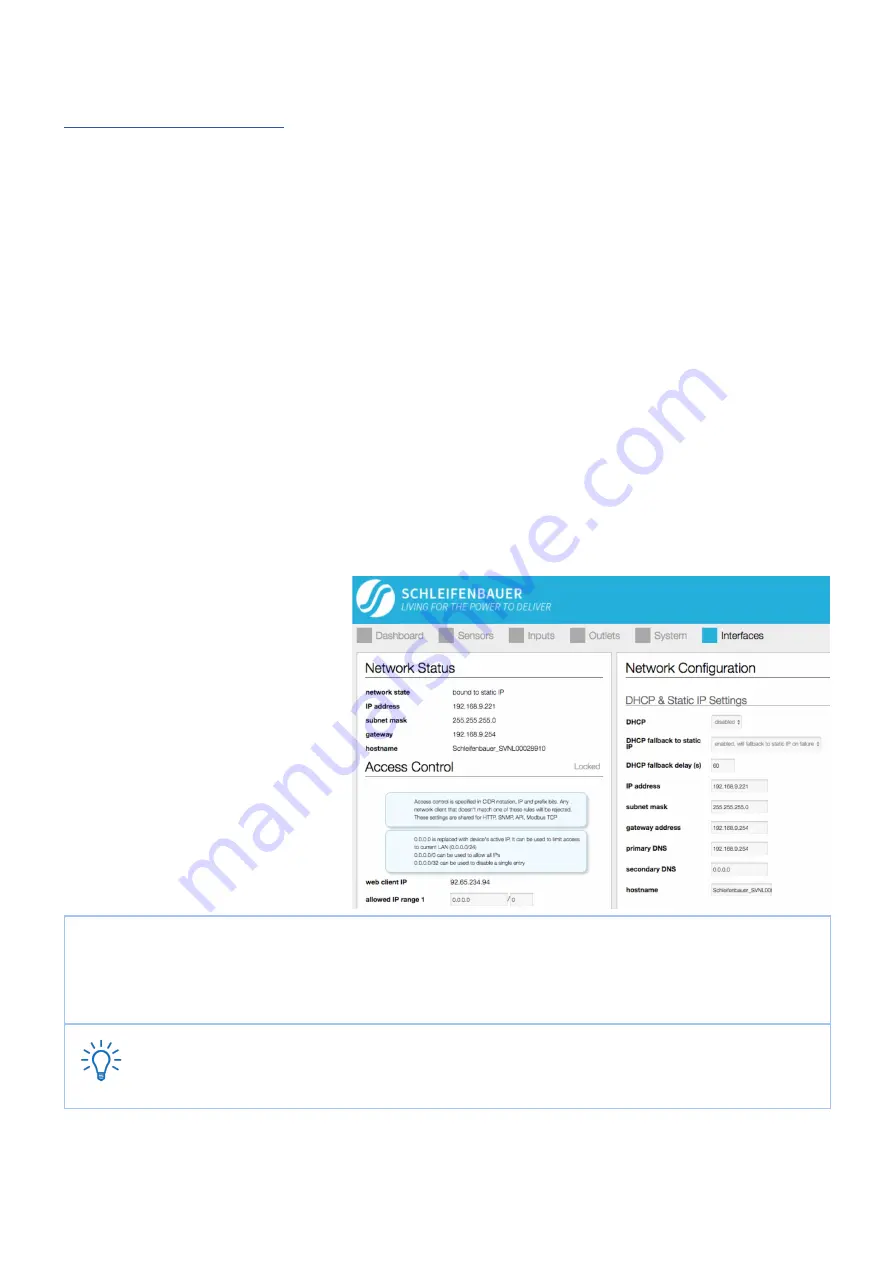
N
ETWORK
CONFIGURATIONS
DHCP and default address
In general, the Dynamic Host Configuration Protocol (DHCP) protocol can dynamically configure the:
●
IP address
,
subnet mask
,
gateway address
,
Domain Name System (DNS) servers
By default, the PDU is configured to get the IP address from DHCP automatically. If the PDU does not receive an IP address
within a set time, it will proceed using the default address (that needs to be configured manually as devices only start to
function when their IP is unique):
192.168.1.220
(subnet mask: 255.255.255.0)
How to change the hostname?
It’s possible for users to change the hostname of their devices. A hostname consists of a Schleifenbauer prefix and the
serial number by default. There are three options: custom hostname, Schleifenbauer prefix combined with a sysname, or
the default. These options are available in the “Interfaces” section of the web interface.
Custom hostname:
Change the hostname value, save and restart PDU.
Schleifenbauer prefix and sysname:
Add custom name to sysname value, save and restart.
Back to default value (Schleifenbauer
prefix and serial number):
Empty sysname
value, save and restart. Or empty hostname
first and then empty the sysname.
How to configure the IP
settings manually?
The IP settings can be manually configured
by using the web interface:
Actions:
●
go to the <web interface>, tab < Interface >, block < Network Configuration >.
●
disable DHCP.
●
Fill in the “Static IP Settings”.
●
Restart the CPU: go to tab < System >, block “Reset”.
When using ‘DHCP fallback to static IP’, it is recommended to enter a unique IP address for each PDU. This
fallback, when configured correctly, ensures that all PDUs are individually reachable in case of a faulty DHCP
server. This prevents PDUs from being assigned to the same IP address.
Page 43 of 58
V262_User manual
Schleifenbauer PDU

